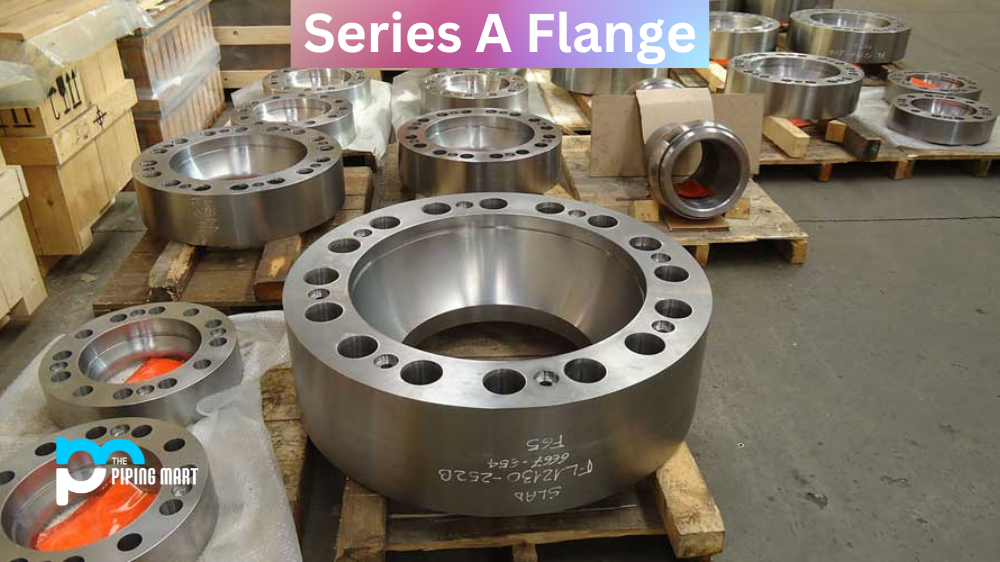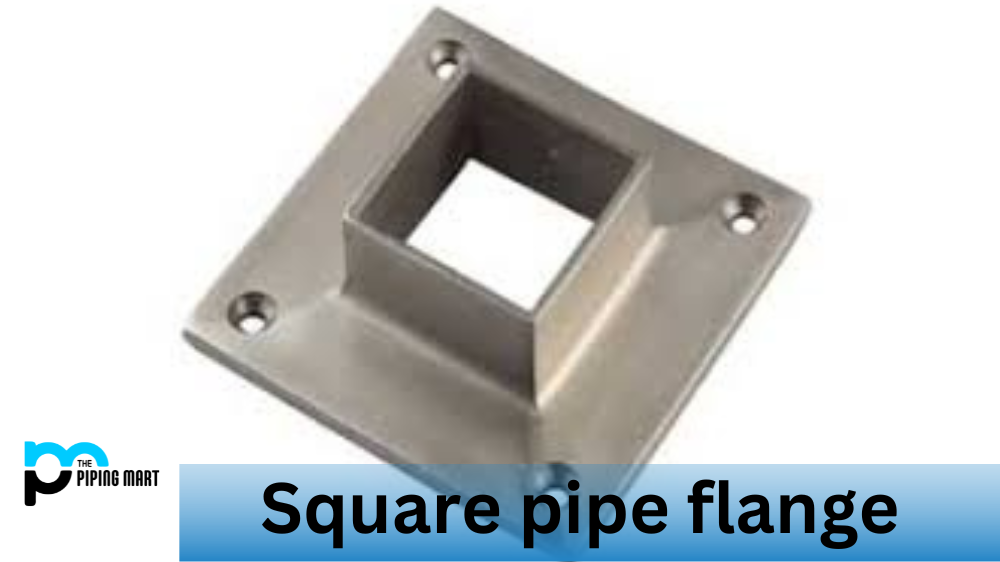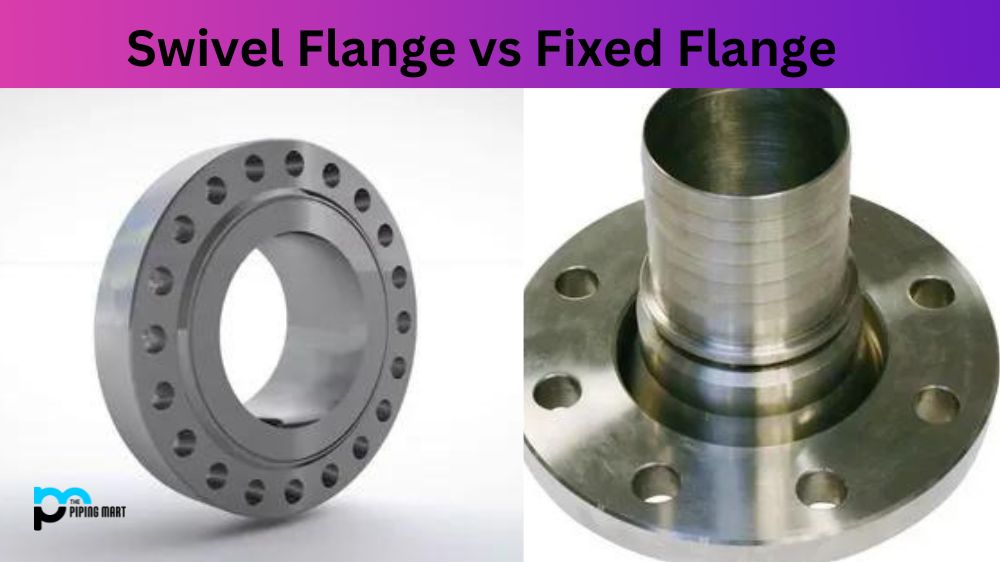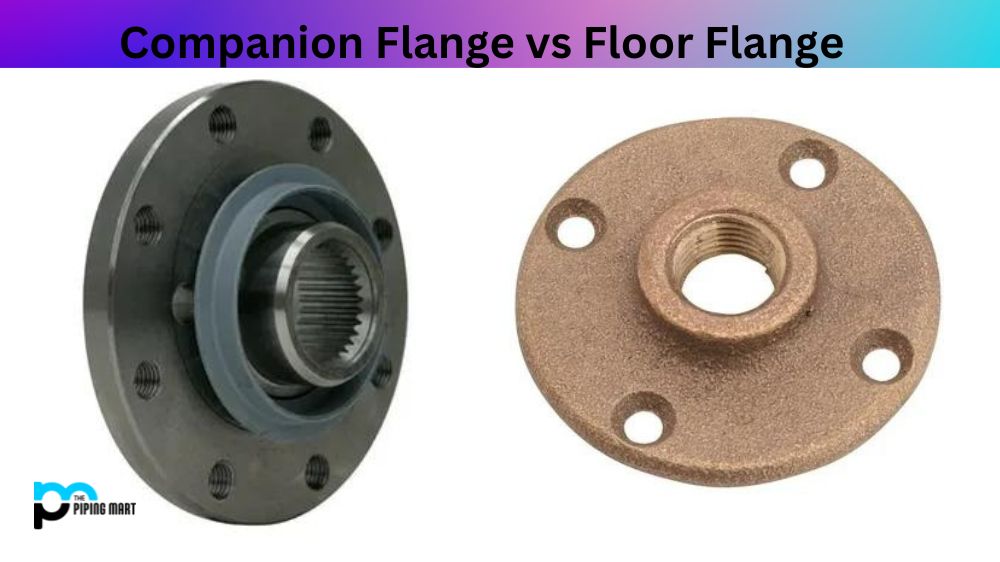For industrial and commercial projects, welding is essential for joining two pieces of metal together. When it comes to welding, a series A flange is a popular choice for many businesses. In this blog post, we will explore the uses, properties, and welding techniques of series A flanges so that you can make an informed decision when it comes to your own project.
What is Series A Flange?
A Series A flange is a type of pipe flange used in piping systems to connect pipes, valves, and other equipment. It is designed to withstand high pressure and temperature conditions typically found in industrial applications. Series A flanges are manufactured according to specific dimensions and standards, such as ANSI B16.5 or ASME B16.47, ensuring compatibility and reliability in various environments. They come in different materials such as carbon steel, stainless steel, and alloy steel to suit different operational requirements.
Series A Flange Uses
Series A flanges are used in many applications due to their superior strength and reliability. They are commonly used in lower-pressure settings, such as pipelines and water systems. Additionally, they are often used in engine parts such as exhaust systems and turbochargers due to their ability to withstand extreme temperatures. As a result, these flanges are ideal for almost any application that requires reliable and strong connections between two components.
Series A Flange Properties
In addition to being highly durable, series A flanges have several other properties that make them useful for many different applications. These properties include corrosion resistance, chemical resistance, temperature resistance—typically much higher than 85 degrees Celsius—and vibration resistance. Moreover, these flanges can be customized according to your specific needs; you can choose from a range of materials, such as stainless steel or aluminum, depending on your requirements.
Flange pressure rating
The pressure rating of a flange is determined by the maximum operating pressure of the piping system in which it is installed. The pressure rating of a flange is also affected by the material from which the flange is made, as well as the type of joint used to connect the flange to the pipe.
Flange material
The most common materials used for flanges are carbon steel, stainless steel, and alloy steel. Each material has its own advantages and disadvantages that must be considered when selecting a flange for a particular application.
Flange size
The size of a flange is determined by the diameter of the pipe to which it will be connected. The most common sizes are 4 inches, 6 inches, 8 inches, 10 inches, and 12 inches.
Flange type
There are many different types of flanges, each with its own advantages and disadvantages. The most common types are weld neck, slip-on, threaded, and blind.
Flange connection
Flanges can be connected to pipes in several different ways, including welding, bolting, and threading. The method of connection must be chosen based on the materials being used, the operating conditions of the system, and the desired level of reliability.
Flange gasket
Series A flange gasket is a sealing component specifically designed for use in flange connections, ensuring leak-proof joints in various piping systems.
Welding Techniques for Series A Flange
Series A flanges are typically welded using techniques such as shielded metal arc welding (SMAW), gas tungsten arc welding (GTAW), or flux-cored arc welding (FCAW). Proper preheating and post-weld heat treatment are often required to prevent cracking and ensure structural integrity. Welders should follow specific procedures outlined in industry standards and adhere to recommended welding parameters for the given material and flange size.
Series A Flange Dimension
| NPS | OD | D | B (WNF) |
B (BLF) |
H | A |
| 26 | 660.4 | 870 | 68.3 | 68.3 | 120.6 | 676 |
| 28 | 711.2 | 925 | 71.5 | 71.5 | 125.6 | 727 |
| 30 | 762 | 985 | 74.7 | 74.7 | 136.6 | 781 |
| 32 | 812.8 | 1060 | 81 | 81 | 144.6 | 832 |
| 34 | 863.6 | 1110 | 82.6 | 82.6 | 149.6 | 883 |
| 36 | 914.4 | 1170 | 90.5 | 90.5 | 157.6 | 933 |
| 38 | 965.2 | 1240 | 87.4 | 87.4 | 157.6 | 991 |
| 40 | 1016 | 1290 | 90.5 | 90.5 | 163.6 | 1041 |
| 42 | 1066.8 | 1345 | 96.9 | 96.9 | 171.6 | 1092 |
| 44 | 1117.6 | 1405 | 101.7 | 101.7 | 177.6 | 1143 |
| 46 | 1168.4 | 1455 | 103.2 | 103.2 | 185.6 | 1197 |
| 48 | 1219.2 | 1510 | 108 | 108 | 192.6 | 1248 |
| 50 | 1270 | 1570 | 111.2 | 111.2 | 203.6 | 1302 |
| 52 | 1320.8 | 1625 | 115.9 | 115.9 | 209.6 | 1353 |
| 54 | 1371.6 | 1685 | 120.7 | 120.7 | 215.6 | 1403 |
| 56 | 1422.4 | 1745 | 123.9 | 123.9 | 228.6 | 1457 |
| 58 | 1473.2 | 1805 | 128.6 | 128.6 | 234.6 | 1508 |
| 60 | 1524 | 1855 | 131.8 | 131.8 | 239.6 | 1559 |
Conclusion
No matter what kind of job you’re tackling – small or large – using series A flange welding will ensure reliable connections between two components that won’t break down easily over time due to corrosion or vibration damage. The properties of these flanges also make them suitable for almost any application where strength and durability are needed; plus, they can be further customized according to your specifications by choosing from various materials such as aluminium or stainless steel, depending on what kind of environment they will be exposed to. With all these advantages combined into one product, series A flange welding is definitely worth considering for your next project if you want quality results that last!

Pipingmart is a B2B portal that specializes in metal, industrial and piping items. Additionally, we share the latest information and information about materials, products and various types of grades to assist businesses that are involved in this business.





